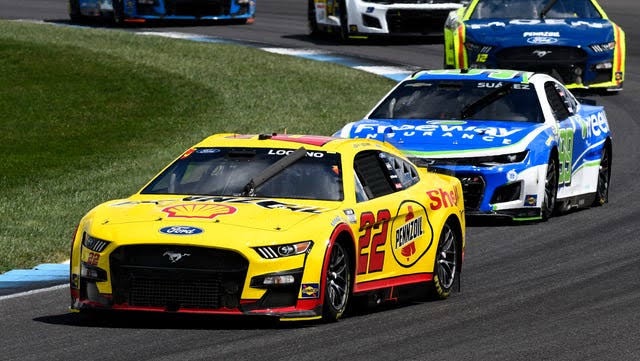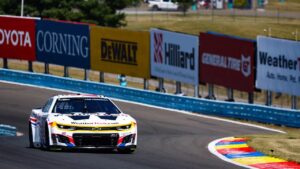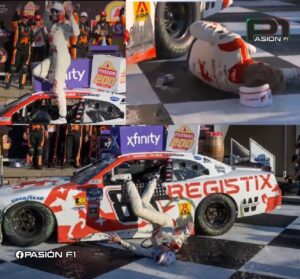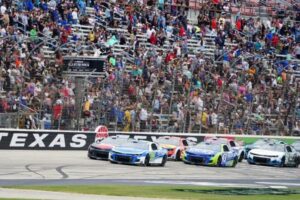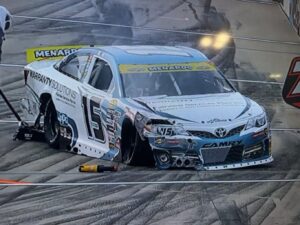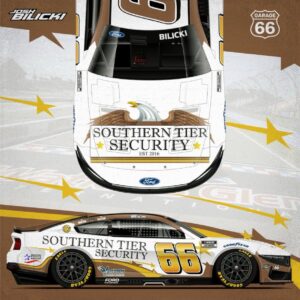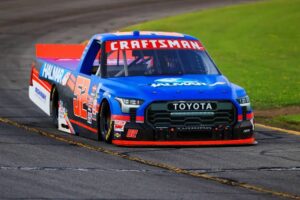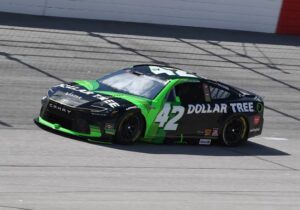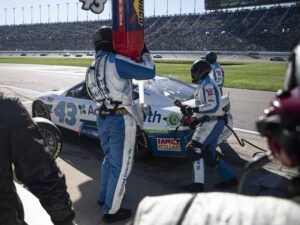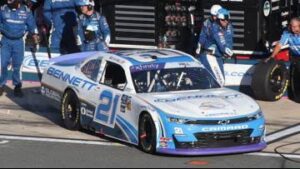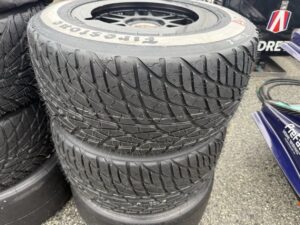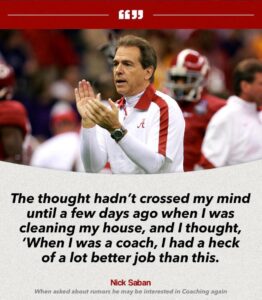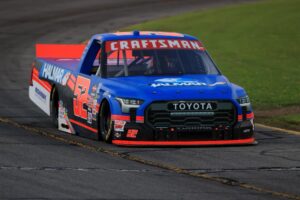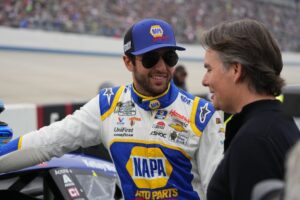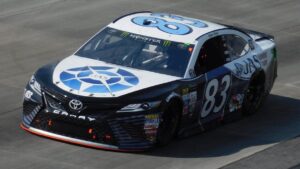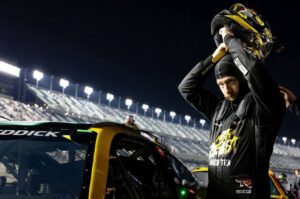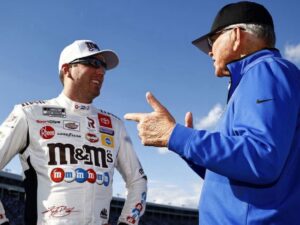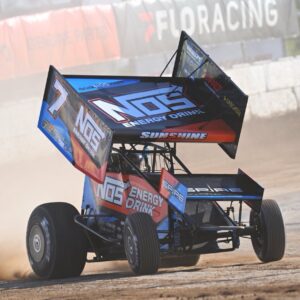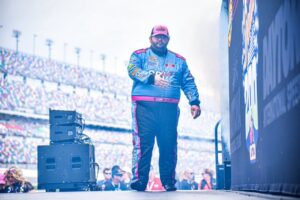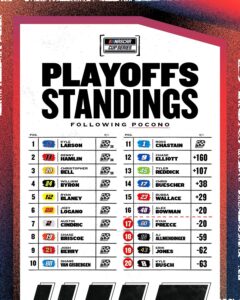NASCAR vehicles are iconic in their appearance, but one feature often catches the eye of newcomers: the absence of side windows. While this may seem like a minor design choice, it’s actually a deliberate decision rooted in safety, performance, and tradition. With the introduction of the Next Gen car, the absence of side windows remains a staple, sparking curiosity among fans and engineers alike. Let’s explore why NASCAR cars lack this feature and how it fits into the design philosophy of the sport.
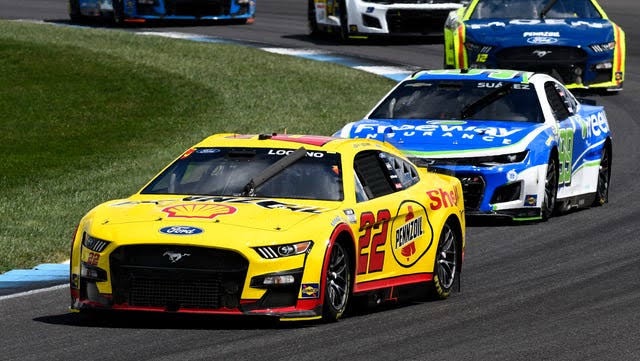
Safety First: Ventilation and Emergency Access
One of the primary reasons for the absence of side windows in NASCAR cars is safety. The open side window design enhances ventilation, preventing the interior of the car from overheating during races, where cockpit temperatures can soar well above 100°F. This airflow is crucial for drivers who endure grueling hours on the track.
Additionally, the open window allows for quicker driver extraction in the event of an accident. Emergency personnel can access the driver more efficiently, reducing the time needed for rescue operations. In a sport where every second counts, this feature is vital for protecting the lives of competitors.
Tradition and Aerodynamics
The lack of side windows is also a nod to NASCAR’s storied history. Stock cars have traditionally raced without enclosed cockpits, differentiating them from other forms of motorsport like Formula 1 or IndyCar. Maintaining this design helps preserve the aesthetic and identity of the sport.
From an aerodynamic perspective, the absence of side windows creates unique airflow patterns around the car. While it may not provide the sleekest profile, NASCAR engineers have embraced this as part of the challenge, designing cars to perform optimally within the constraints of the rules.
The Next Gen Car: Refining the Tradition
The introduction of NASCAR’s Next Gen car has brought a wave of innovations, but the open side window design remains unchanged. This latest iteration focuses on enhancing safety, improving competition, and reducing costs, while staying true to NASCAR’s roots.
The Next Gen machine features a strengthened chassis, a center-locking wheel system, and symmetrical designs that improve balance and handling. Despite these advancements, the decision to forgo side windows reflects the sport’s commitment to its core principles, blending modern engineering with traditional values.
Comparing to Other Motorsports
In contrast, series like Formula 1 or Le Mans often utilize fully enclosed cockpits for aerodynamic efficiency and driver protection. However, these cars are designed for different racing environments, including road courses with significant speed variations. NASCAR’s reliance on oval tracks and close-quarters racing necessitates different priorities, such as rapid cooling and easy access.
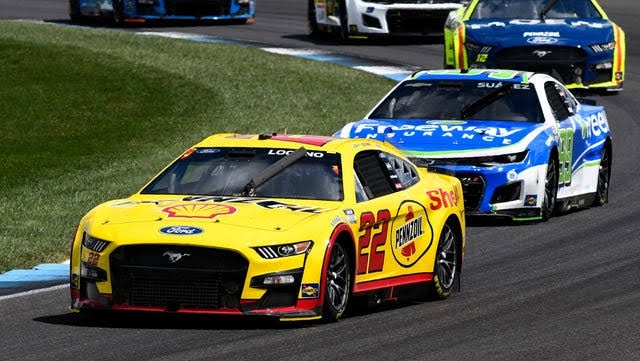
The Future of NASCAR Design
As NASCAR evolves, the debate around design choices like side windows will undoubtedly continue. However, the sport’s steadfast commitment to safety and tradition ensures that every decision is carefully considered. The absence of side windows is more than a quirk—it’s a testament to NASCAR’s dedication to balancing performance with the well-being of its drivers.
Whether you’re a seasoned fan or a curious newcomer, understanding these design intricacies provides a deeper appreciation for the engineering marvels that make NASCAR the high-octane spectacle it is today.
